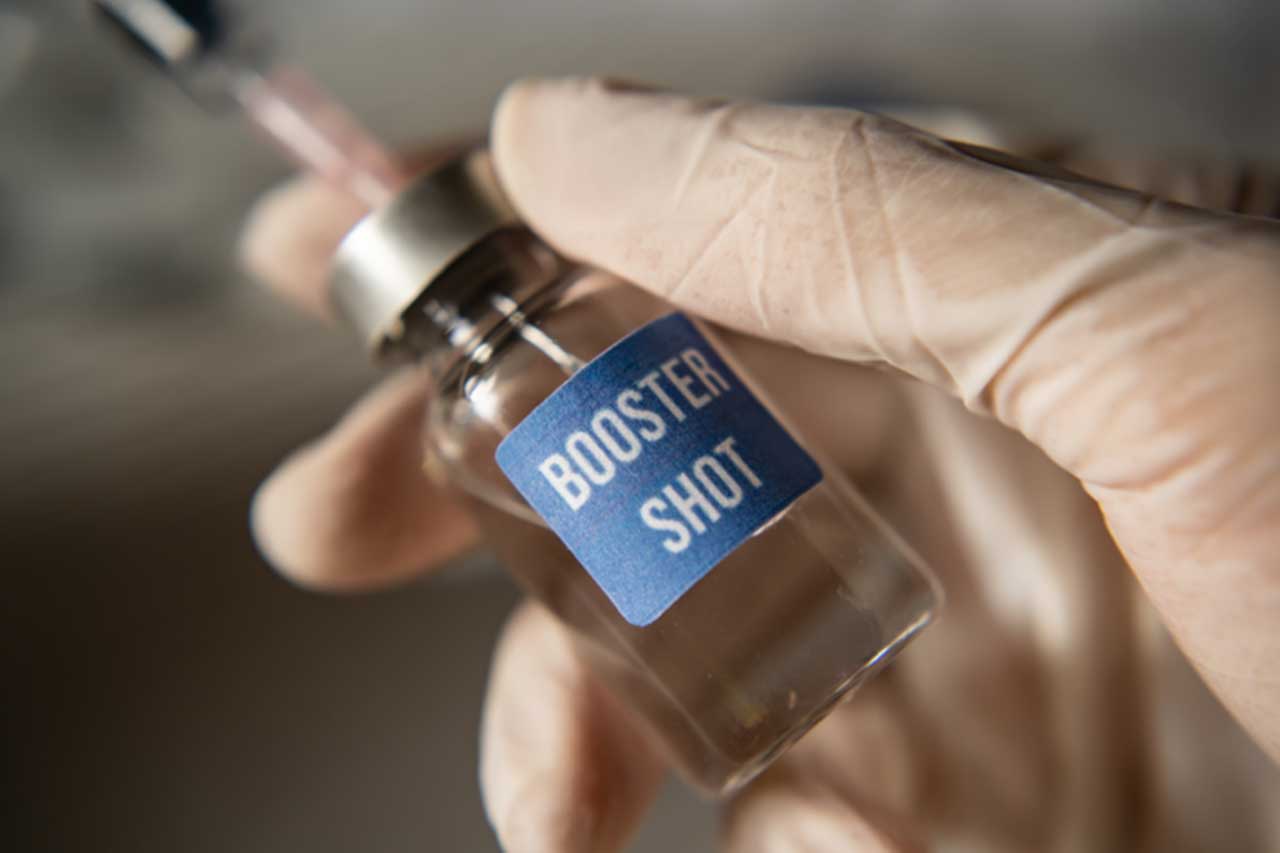
The U.S. Food and Drug Administration (FDA) has granted an emergency use authorization for Moderna’s and Pfizer-BioNTech’s updated booster vaccines, which target the BA.4/BA.5 coronavirus subvariants. www.science.org/content/article/omicron-booster-shots-are-coming-lots-questions?
For the first time since the start of the pandemic, COVID-19 vaccines look set to receive an update. Boosters reformulated to protect against the Omicron variant, which has dominated globally since early this year, may get deployed on both sides of the Atlantic Ocean as early as this month.
The United Kingdom has already authorised a shot produced by vaccine maker Moderna against the Omicron subvariant BA.1 and may start using it soon. Last week, after Science went to press, the European Medicines Agency (EMA) was set to review applications for Moderna’s BA.1 vaccine and another from the Pfizer-BioNTech collaboration.
But BA.1 is no longer circulating; the BA.4 and BA.5 subvariants eclipsed it in the spring. In June, the FDA asked manufacturers to develop a booster specifically targeting those two subvariants, and last week, both Moderna and the Pfizer-BioNTech collaboration said they have submitted data about their BA.4/BA.5 vaccines to the FDA. President Joe Biden’s administration has already placed an order for 170 million doses of such vaccines. (Pfizer and BioNTech have also submitted the data to the EMA; the European Union could first approve a BA.1-based booster and switch to BA.4/BA.5 vaccines later.)
The data on the updated boosters are limited, however, and the impact they will have if greenlit is unclear.
////
The average life expectancy of Americans fell precipitously in 2020 and 2021, the sharpest two-year decline in nearly 100 years and a stark reminder of the toll exacted on the nation by the continuing coronavirus pandemic. www.nytimes.com/2022/08/31/health/life-expectancy-covid-pandemic.html?
In 2021, the average American could expect to live until the age of 76, federal health researchers reported last Wednesday. The figure represents a loss of almost three years since 2019, when Americans could expect to live, on average, nearly 79 years.
The reduction has been particularly steep among Native Americans and Alaska Natives, the National Centre for Health Statistics (NCHS) reported. Average life expectancy in those groups was shortened by four years in 2020 alone.
The cumulative decline since the pandemic started, more than six-and-a-half years on average, has brought life expectancy to 65 among Native Americans and Alaska Natives — on par with the figure for all Americans in 1944.
While the pandemic has driven most of the decline in life expectancy, a rise in accidental deaths and drug overdoses also contributed, as did deaths from heart disease, chronic liver disease and cirrhosis, the new report found.
Meanwhile national test results released last Thursday showed in stark terms the pandemic’s devastating effects on American schoolchildren, with the performance of 9-year-olds in math and reading dropping to the levels from two decades ago. www.nytimes.com/2022/09/01/us/national-test-scores-math-reading-pandemic.html?
This year, for the first time since the National Assessment of Educational Progress tests began tracking student achievement in the 1970s, 9-year-olds lost ground in math, and scores in reading fell by the largest margin in more than 30 years.
The declines spanned almost all races and income levels and were markedly worse for the lowest-performing students. While top performers in the 90th percentile showed a modest drop — three points in math — students in the bottom 10th percentile dropped by 12 points in math, four times the impact.
////
India’s Minister of Science and Technology Dr Jitendra Singh on Thursday (September 1), announced the scientific completion of Cervavac, India’s first indigenously developed quadrivalent human papillomavirus (qHPV) vaccine for the prevention of cervical cancer. https://indianexpress.com/article/explained/explained-health/explained-cervavac-indias-first-indigenously-developed-vaccine-for-cervical-cancer-8125663/
Despite being largely preventable, cervical cancer is the fourth most common cancer among women globally, according to the World Health Organization (WHO). In 2018, an estimated 570,00 women were diagnosed with the disease and it accounted for 311,000 deaths across the world.
Dr Rajesh Gokhale, Secretary of the Government of India’s Department of Biotechnology, and Chairperson of the Biotechnology Industry Research Assistance Council (BIRAC) told The Indian Express that the vaccine would be launched later this year. “As per indications from Serum Institute of India the cost would approximate between Rs 200 to 400,” he said in an interview.
India accounts for about a fifth of the global burden of cervical cancer, with 123,000 cases and 67,000 deaths per year.
Cervavac was developed by the Pune-based Serum Institute of India (SII) in coordination with the Government of India’s Department of Biotechnology (DBT). SII is the world’s largest vaccine manufacturer.
Cervavac received market authorisation approval from the Drug Controller General of India on July 12 this year.
HPV vaccines are given in two doses and data has shown that the antibodies that develop after both are administered can last up to six or seven years, according to Dr. Rajesh Gokhale. Unlike COVID vaccines, booster shots may not be required for the cervical cancer vaccine, he added.
////
Lalita Panicker is Consulting Editor, Views and Editor, Insight, Hindustan Times, New Delhi

